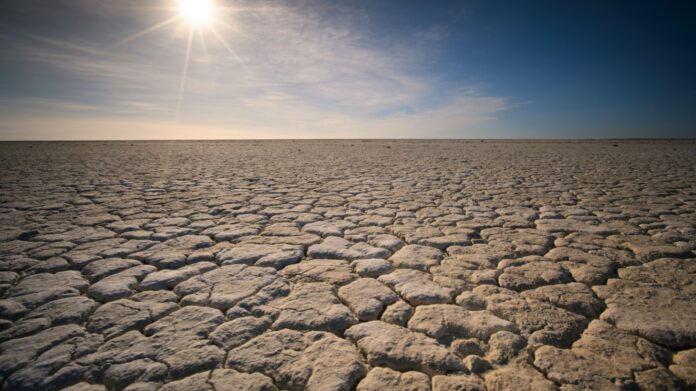The recent spate of droughts and wildfires in Bali has prompted the Acting Governor, Sang Made Mahendra Jaya, to make a critical decision – to declare a state of emergency on the Island of the Gods for the next 14 days.
“Given the evolving circumstances, for the protection of our community, to enhance preparedness, and to facilitate quick access, we have come to a unanimous decision to declare a state of emergency for the next two weeks, commencing today,” he announced in Denpasar on Thursday (19/10/2023).
In discussions with the media, the head of Bali’s provincial administration elaborated on their plan for the coming fortnight. Their primary objectives are to expedite the containment of the ongoing wildfires and to provide assistance to regions grappling with a severe lack of clean water, exacerbated by droughts.
It’s crucial to note that the term “state of emergency” represents the lowest level of escalation in accordance with the prevailing legal framework. By doing so, the government aims to streamline and facilitate their disaster management efforts, thus enabling them to carry out a range of activities that include providing vital support to those in need.
In a recently held coordination meeting with the National Disaster Management Agency (BNPB) to address the emergency, the Head of Bali’s Regional Disaster Management Agency (BPBD), I Made Rentin, raised two distinct requests. The first pertains to the urgent need for equipment to address droughts-related emergencies across the entirety of Bali.
Additionally, BPBD Bali has expressed a pressing need to implement weather modification technology (TMC) in response to alarming data from BMKG Wilayah III Denpasar. This data indicates that three districts in Bali have not seen rainfall for over 94 days, painting a concerning picture.
“These districts include Kubu in Karangasem, Kubutambahan in Buleleng, and Gerokgak, also in Buleleng. Hence, it is imperative and an urgent necessity for us in Bali to employ TMC,” clarified Rentin.
The response from the Bali Provincial Government has prompted action from the Head of the National Disaster Management Agency (BNPB), Major General TNI Suharyanto. He has requested that the region swiftly present a list of the necessary equipment to address the situation.
Regarding the proposed weather modification initiative, Suharyanto has assured the deployment of the requisite equipment and seeding tools. However, he mentions that these resources are presently dedicated to handling disasters in other areas and may be allocated to Bali once the current crisis in those regions subsides.
Intriguingly, the declaration that the equipment is solely available for Bali, despite its vital role in addressing international events, underscores the importance of the initiative. The impact of the weather modification technology (TMC) is bound to be influential in addressing the current water crisis, although the precise timeline for its implementation remains contingent on factors like BMKG’s weather predictions.
Furthermore, the efforts to monitor cloud positions and movement, integral to executing TMC, are diligently undertaken by BMKG. Once the application of this technology is greenlit, BMKG will closely track the positions and trajectories of clouds heading towards Bali, be it through the Banyuwangi or Lombok direction.
The gravity of this situation is unmistakable, with both the local administration and the national disaster management agency collaborating to address the immediate concerns, while also paving the way for long-term solutions in Bali’s ever-evolving battle against water shortages and the ongoing threat of wildfires.























